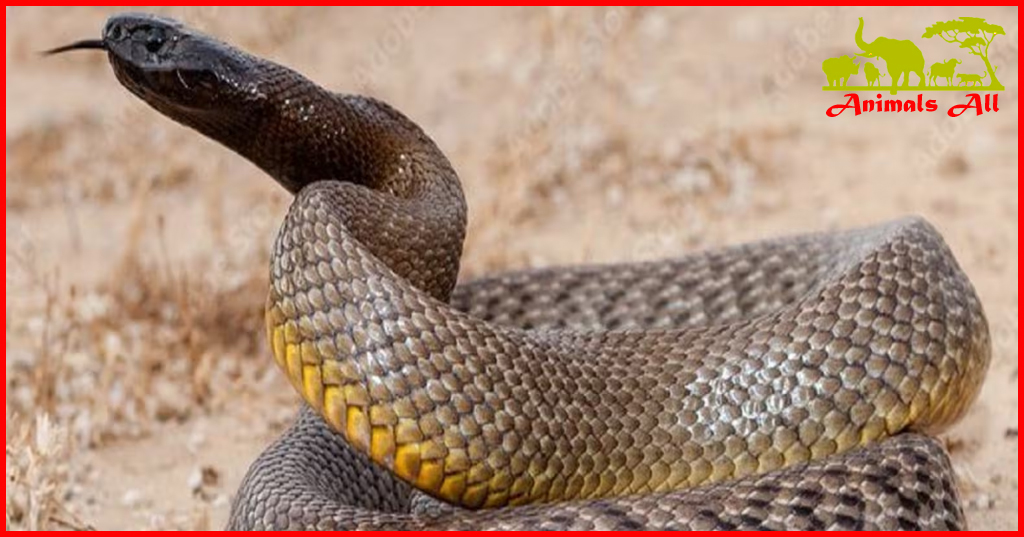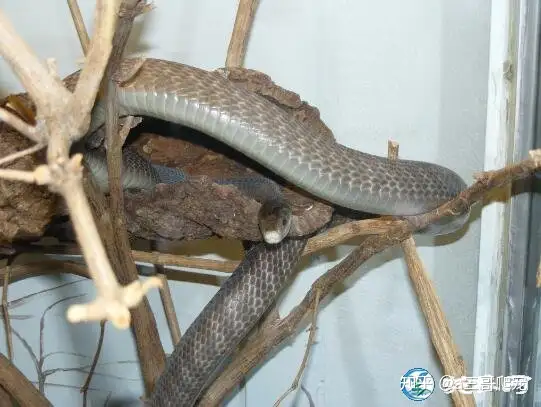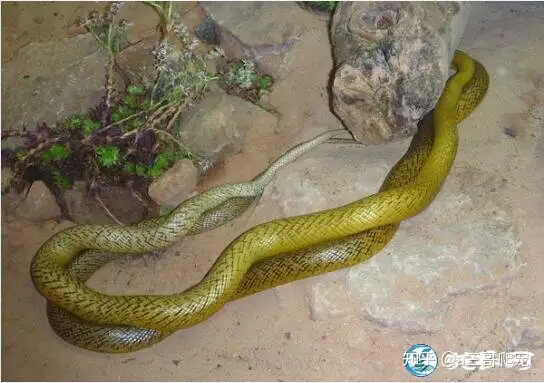
The world’s most venomous snake No. 1: Belcher’s sea snake
Venomous snakes are very scary animals. Just one drop of their venom is enough to paralyze an animal, causing it to lose its profit and eventually become its meal. Even powerful and intelligent animals like humans cannot resist a drop of venom from a venomous snake! Of course, some venomous snakes are not so toxic, and still require a certain amount of injection to cause harm to humans. So what is the name of the most venomous snake in the world discovered so far? Many people think it is the terrestrial Taipan snake . In fact, we have overlooked a group of snakes that live in the sea, that is, sea snakes. They are all venomous snakes with highly toxic neurotoxins. Sea snakes are very toxic, and most of them are ranked at the top!
Belcher’s sea snake:
Its venom is similar to that of land snakes, and is also a mixture of multiple proteins, mainly containing neurotoxins (about 52.3% of the crude venom), myotoxins (about 32.2% of the crude venom) and various enzymes. Its toxicity is relatively stable, and it can still maintain its toxicity after being treated at 100℃ for 5 minutes, and it is also stable in acid and alkaline environments.

NO.2, Split-cheeked sea snake:
Scientific name, inland shield-snout snake , distribution: Western Australia. Other: about three feet long. Inhabits coastal waters, especially brackish estuaries, feeds on fish. Except for a few sea snakes that lay eggs, the rest lay live young, and are ovoviviparous.

NO.3, Fierce Taipan:
Also called the fine-scaled Taipan, commonly known as the inland Taipan , formerly known as the inland shield snake, and also known as the desert snake, ferocious Taipan, big spotted snake , etc. It is the most poisonous terrestrial snake in the world. One venom can kill 200,000 mice. It is smaller than the ordinary Taipan, and the adult snake is only about 2 meters (6.5 feet). It is distributed in the Victoria Desert and nearby areas in central Australia. The fine-scaled Taipan is shy by nature and will leave the ground when defending.

NO.4, Brown snake:
The Brown snake is the most widespread venomous snake in Australia. This species has also been found in southern New Guinea, but recent studies show that these snakes may be another new species. The Brown snake is very venomous and ranks among the top three venomous snakes in the world. Once threatened, the Brown snake will flatten the narrow neck skin fold and raise the front of the body before launching an attack.

NO.5 Coastal Taipan:
The Coastal Taipan is a close relative of the Inland Taipan. Although it is not as venomous as the Taipan, it is larger and more widely distributed. It is found in northern and northeastern Australia and New Guinea. This snake is a highly venomous snake. It is found near the coast of Queensland. It is difficult to find in northern Australia, the Northern Territory, or the northwest of Western Australia.

NO.6, Eastern Tiger Snake:
The venom of the Eastern Tiger Snake contains coagulants and nerve paralytics, which often kill people. Before attacking people, the head and neck swell into a flat shape (the way cobras do). Tiger snakes are common species, and there are a lot of them in the swamps of southern Australia. The body is a variety of colors, usually with brown and yellow stripes. The average body length is 1.2 meters (4 feet). The body length is about 1.3~1.6 meters.

NO.7, Giant sea snake:
About two meters long. Its fangs are small and it secretes a small amount of venom at a time. It also preys on eels. Its right lung almost occupies the right half of its body. It can dive into water 10 meters deep. Its paddle-like tail helps it swim quickly to its destination.

NO.8, Black Tiger Snake:
One of the world’s top 10 most poisonous snakes, distributed in southern Australia, inhabiting sand dunes, beaches, grass and other places, feeding on amphibians, birds and small mammals, and giving birth to live young. Originally belonging to the Tiger Snake, the Chappell Island Tiger Snake , King Island Tiger Snake, Tasmanian Tiger Snake and Peninsula Tiger Snake, which are distributed on islands, are usually called Black Tiger Snake, with the scientific name Notechis ater, and are divided into three subspecies.

NO.9, Death Viper:
Death Viper (Acanthophis Antarcticus) is a representative of the death snake species. Although it looks like a pit viper, it is a genus of venomous snakes in the family Elapidae of the suborder Serpentes. It is distributed in Australia and New Guinea , and is a local endemic species. It is also one of the most venomous snakes in the world. After the young snake is 20 cm long, it officially enters the growth period. During this period, the growth rate is fast, and it can shed its skin more than ten times a year. The adult body length is about 40-50 cm. It lives in dry and rocky shrubs, feeds on birds and small mammals, and lays eggs. One gram of its venom is more expensive than gold. It ranks 9th among the world’s top 10 venomous snakes.

10. Western Cobra :
The Western Cobra is a venomous snake distributed in Australia and ranks tenth in the world’s venomous snake rankings. It lays eggs. It lives in woods, grasslands, deserts and other places, and feeds on small reptiles and small mammals. Cobras are snakes that are prone to bite when approached, touched or threatened. However, only half of the bites of Cobras contain venom, which is slightly less powerful than other venomous snakes in terms of wounds. After being bitten, the victim may experience immediate sudden collapse, and the most significant effect of this venom is that it causes abnormal coagulation in the victim, resulting in “Venom-induced consumption coagulopathy”, which can lead to death in severe cases.

